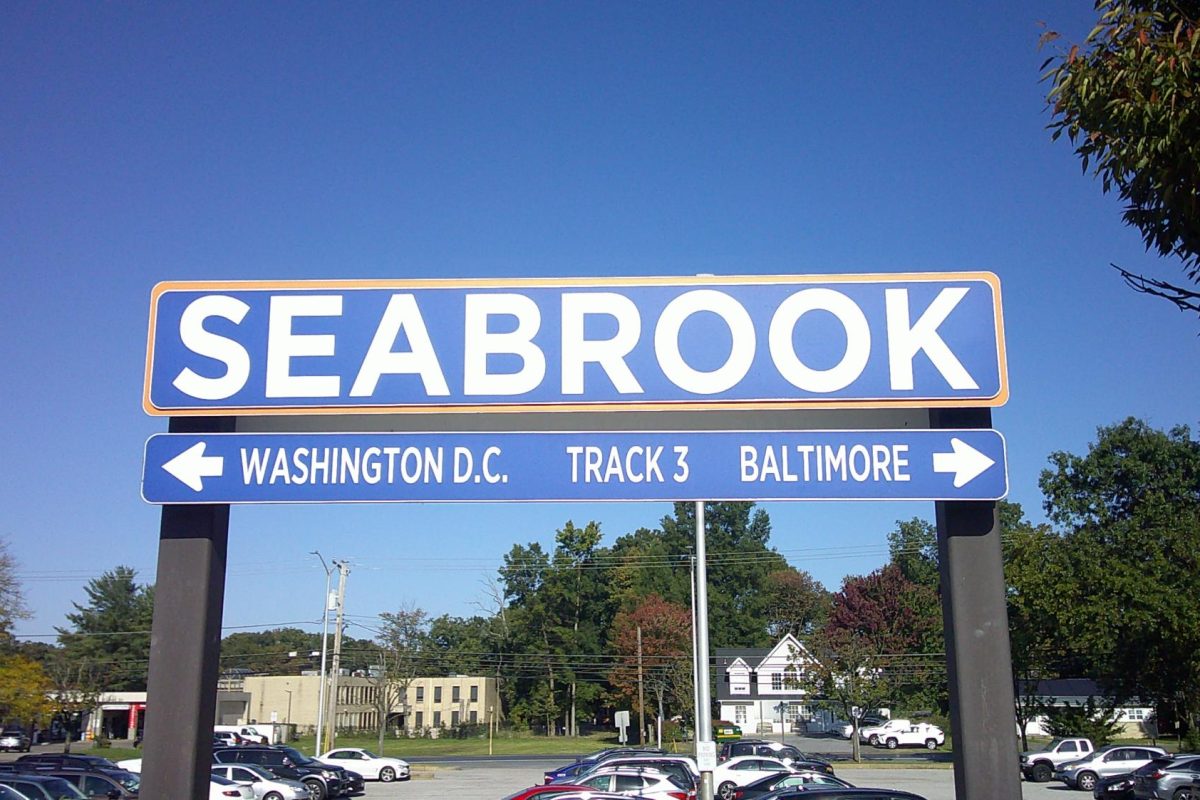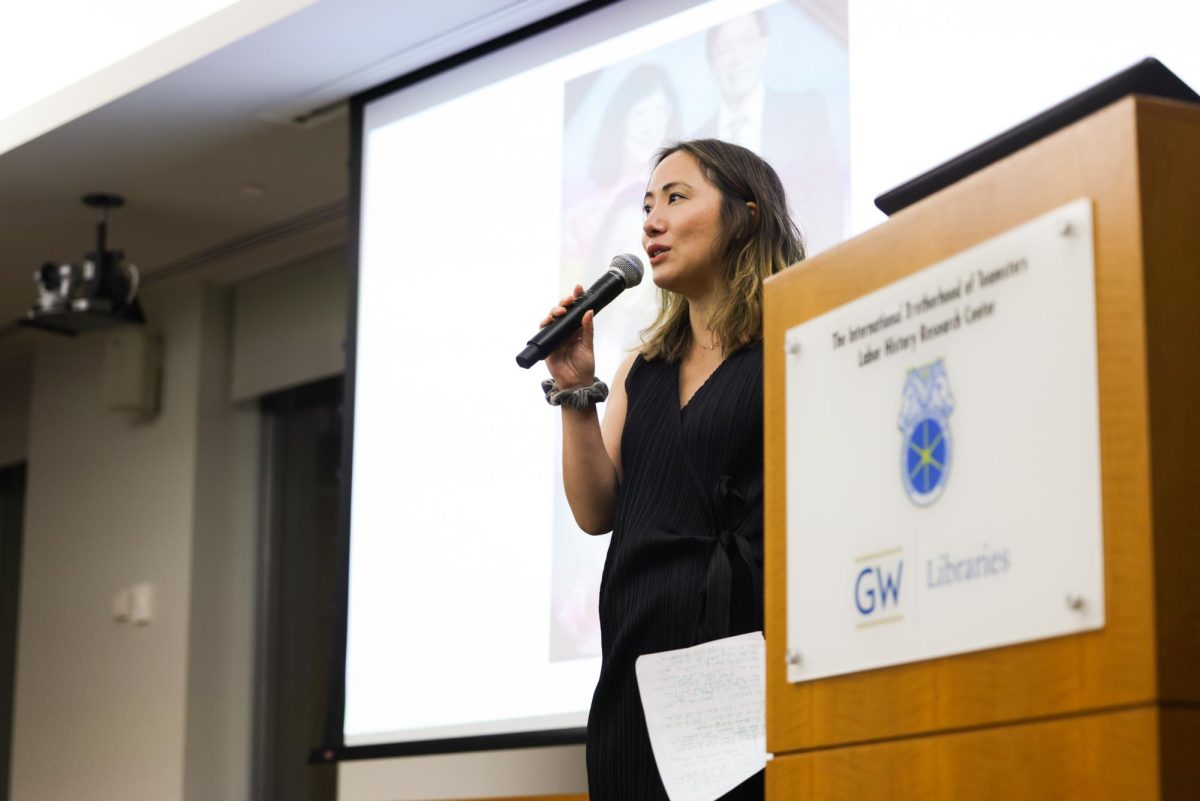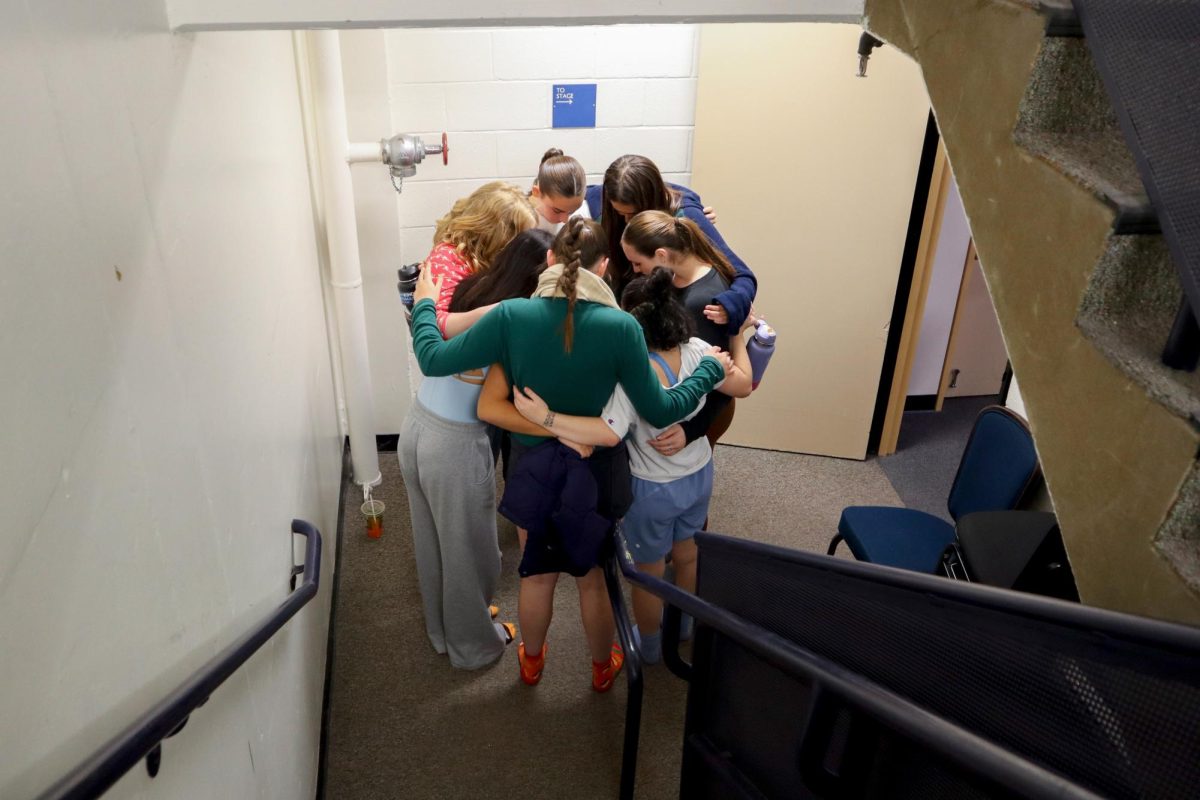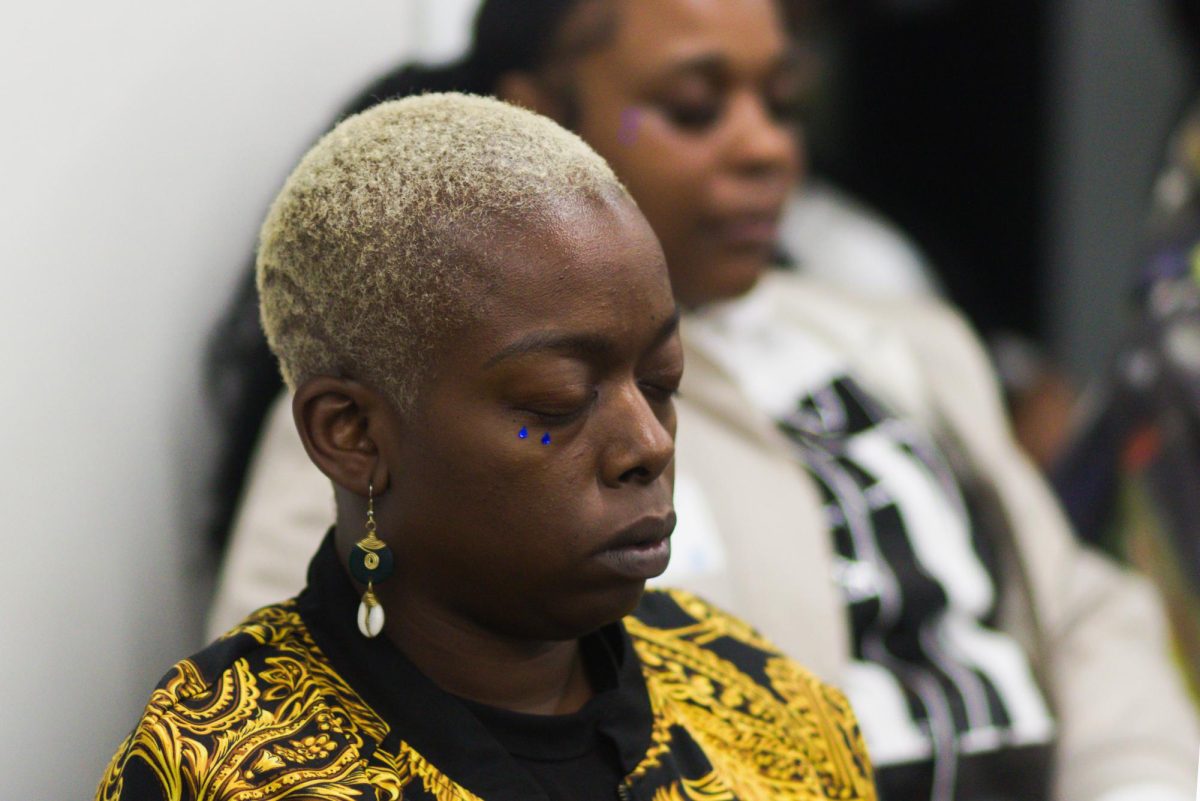Sometimes you need a break from D.C.
The District is never short on activities, but its nonstop hustle culture can be exhausting after two months, making fall break the ideal time for most to head home or hop aboard an Amtrak and explore New York City. But instead of taking yet another trip to the Big Apple, I departed from Union Station on a different train line, taking the Maryland Area Regional Commuter train to the quaint town of Seabrook, Maryland.
On the first day of fall break, early in the morning, I set out from Union Station alongside an open-minded friend, who reluctantly agreed to join me on this journey after I promised to buy him a coffee that morning. We arrived at our assigned track number and saw a two-story behemoth of a train, stretching on car after car, a tribute to America’s staggering industrialization over the past two centuries.
The first car of the train was closed, so we moved on to the second, which was also closed. We walked and walked past numerous gray train cars, each one of them closed. Then we arrived at our actual train — not the massive machine we had seen before, but instead a tiny, three-car affair which seemingly hadn’t been updated since the 1950s, given the pastel blue seats and old wood paneling.
Our ride was just 20 minutes, with red and yellow fall foliage flying by outside the window. Shockingly, we were the only people to get off at the cozy Seabrook.
A real variety of business offerings greeted us, with Glendale Auto Service and Johnny’s Auto Service and nothing else located right next to the train station. It appeared for a second that our only choice was to make a mad dash across the train tracks to the other side of town or become intimately familiar with how to change a tire.
But hidden underneath the mostly concrete train station, below the blue “Seabrook” sign, was an underground alleyway we could sneak through to the hopping main street of Seabrook. Cars whizzed by as we emerged from the parking lot, making our way to a crosswalk just outside the train station.
Crossing the street was a test of faith in the abilities of Seabrook drivers, as there were no stop signs or warning signs visible to notify drivers of the pedestrian crosswalk. Luckily, if my body was flung against a windshield, the driver would have a fair share of auto repair stores to fix up their vehicle.
The next stop in our Seabrook adventure was a classic suburban mall — confusingly also called Seabrook Station — with massive parking lots and one of each business someone might need. The station’s massive tan sign, complete with a train decal up top, advertised similarly beige businesses like a funeral home, a grocery store and a supremely Italian barbershop featuring photos of racing Ferraris and maps of Sicily. Across the street were about five more auto repair stores, just in case Johnny was busy.
Each and every store, from the Arabic grocery to the 7-Eleven, used the exact same bright-red lettering on their signs — the town must have only had one storefront lettering supplier, in addition to having just one of every other type of store. Except auto repair, of course.
We stopped in a Dollar City imbued with a religious fervor reminiscent of the Second Great Awakening. Christian gospel music played over the speakers as we sifted through aisle after aisle of Jesus placemats and electronic Jesus candles.
After the Dollar City, we continued our journey deeper into Seabrook. We reached the end of the road on our side of the street at an intersection and desperately searched for a way to cross in any direction. But there was no crosswalk in sight as suburban minivans continued to speed past. It seemed the crosswalk we braved before was the only one in the entire town.
Wandering the streets of Seabrook revealed some of the town’s other particular charms. Seabrook’s street numbers seemed to think it was a sprawling metropolis rivaling D.C., as we crossed past the intersection of 4th Street and 93rd Place. The District doesn’t even reach 93 when numbering its streets — clearly, there was much left to explore in the hamlet.
Every house in Seabrook looked the same. They were wooden and painted white or made out of bricks, with teeny yards and charming welcome home signs with various platitudes you’d be likely to find in a HomeGoods catalog. One tiny blue house had trees that looked like massive upright logs out front, lacking leaves or branches.
We got lunch at local Salvadoran spot El Pulgarcito Resturante, with a truly massive array of chicken tacos, simultaneously so spicy and so dry it made me regret not bringing a water bottle more than I thought possible. The restaurant was right next to the Seabrook Auto Clinic, a repair store which declared “we are the best” with a massive red, white and black banner.
I was relieved that after a day of tireless searching I had finally found the definitive place to go if I ever ran into auto troubles in Seabrook. I felt satisfied enough in my discovery and overall adventures in the town that I journeyed back to the train station and hopped aboard a MARC home.
On the train ride back, I reflected on my favorite childhood picture book, “One of Each.” It was about a dog drawn to resemble a collage who was thrilled living his life with one of everything — one orange, one apple and so on. But then our canine protagonist fell in love with a cat, also collaged together — truly a sign it’s meant to be — and realized the benefit of having two of everything.
Seabrook hasn’t yet learned what can come of having two of each. They have one crosswalk, one park, one train station, one church. But the area’s quintessential small town charm shows sometimes you only need one of everything to enjoy fall break exploring a new area.
After all, I only ever had one copy of “One of Each.”





